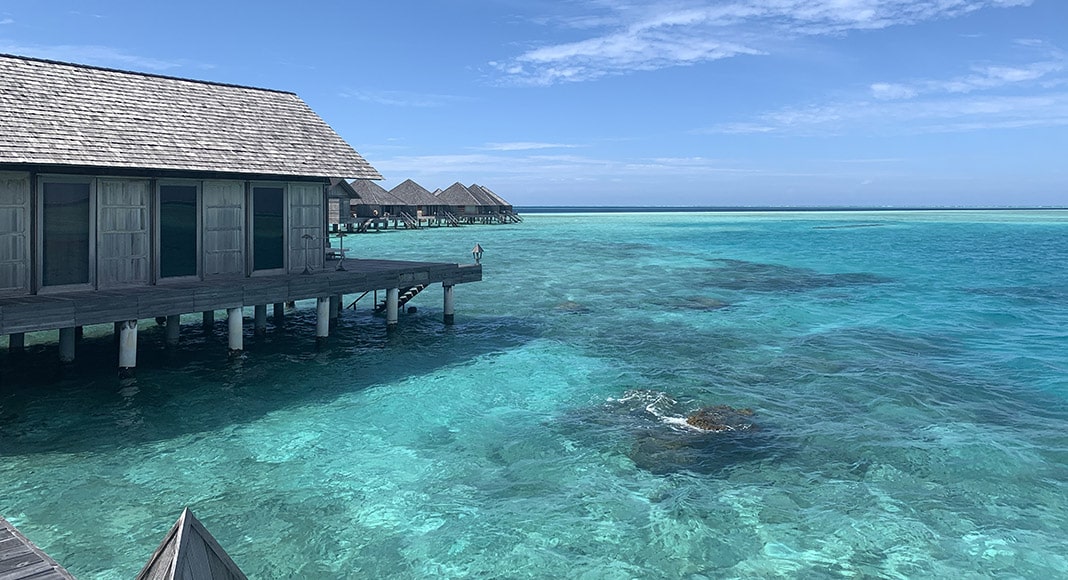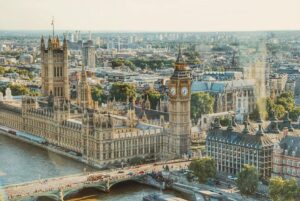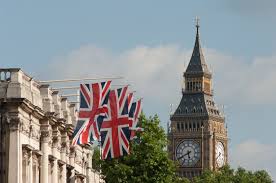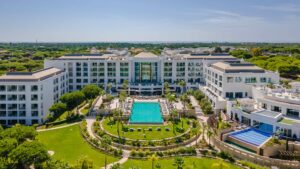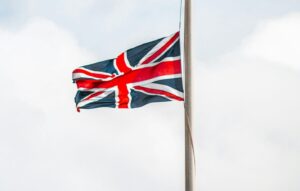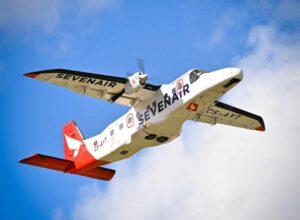Patrick Stuart takes a break from Covid restrictions with an unexpected trip to the Maldives
The Maldives have never had a place on my bucket list. And I say this as an avid scuba diver knowing full well that this nation of tiny islands offers some of the best diving in the world.
My wife and I are both Asiaphiles with a particular love of South East Asia, not only for its scuba diving but for the food, culture and balmy tropical climate. In over 30 years of marriage, since our honeymoon in Thailand back in the 80s, we have travelled east for our annual vacation more times than we can remember, but not once had we ever considered the Maldives.
This year, however, things were different. We had booked to travel elsewhere but even before the country in question shut down its borders to international travellers, BA had cancelled our flights. This was in late August and, a few weeks later, with our flights duly refunded, we started considering our options:
Should we be responsible Covid rule-abiding citizens and stay home, taking some time off work to enjoy our beloved Algarve?
Or should we not sacrifice our hard-earned annual holiday far away from home and go to a country that was still open to tourism?
The latter prevailed and we started to research which tropical destinations in the world were: A) safe; B) accessible; and C) offered good scuba diving. All of the South East Asian destinations were (and still are) totally shut down to tourists and, after briefly considering a couple of possible Caribbean islands, we settled on The Maldives.
Our annual holiday would normally involve taking in some culture and great food in an Asian city as well as chilling on a tropical island. But this year we had to accept that things would be different and the Maldives seemed to tick some, if not all, of our boxes.
The Maldives reopened to tourists in July with strict rules in place that take advantage of the very nature of their tourism offerings. Each resort is basically an island and even the airport is set on an island of its own. Tourists are currently free to visit and stay on resort islands, but they are not allowed to set foot on any of the inhabited islands including the capital city/island Male, not that most tourists visiting the Maldives ever do so anyway.
Tourists must arrive with a negative PCR Covid test result. The current rules in the Maldives state that all resort staff must be tested before arriving at an island to work and then quarantine for two weeks before starting to work, and they have to be tested regularly. Guests are not expected to wear face masks but have their temperature taken daily and must be tested again 72 hours or less before departure.
Some of the high-end luxury resorts are taking things a step further, giving guests another test on arrival and asking them to stay in their rooms for 24 hours until a negative test result arrives.
The isolated nature of each island/resort and the measures in place provide for an extremely low-risk environment.
We booked flights with Qatar Airways, from Lisbon via Doha. But other options include Emirates or Turkish from Lisbon via Dubai or Istanbul. BA at the time were not operating their Maldives flight from Heathrow, but this has now resumed and, with BA’s Faro flights now going to Heathrow rather than Gatwick (for the time being at least), it is currently possible to book a seamless connection from Faro.
Flying was not a concern for us; we had already made trips to England and Scotland in August during the brief opening of the air bridge and never once felt in any way at risk whilst traveling. To be safe, we wore both masks and visors at airports and when boarding or leaving a plane. Airports are quiet and as flights are at least half empty there is very little chance of having to sit next to someone. In fact, we have felt less at risk when flying than when visiting a supermarket.
Choosing a resort island in the Maldives does take some research and can be quite daunting. There are literally hundreds of options and prices vary from as little at 50 US dollars a night or less for the most humble options to well over 2,000 dollars per night for the top-flight luxury resorts.
Our criteria were not governed so much by budget, although we certainly were not in the market for the most expensive options. We were looking for somewhere not too commercial, totally informal and ideally small but offering a reasonable level of comfort.
There were many viable options for us with prices between 200 and 600 USD per night for the two of us with all of our meals included, and the place we ended up choosing and that appears in these photos had a special offer on until the end of October costing just under 300 USD full board for a “Beach Villa” or slightly more for a “Stilt Villa”.
We arrived at Male airport, Covid test results in hand, and were whisked off to our seaplane for the half-hour scenic flight to our island. It should be noted that the seaplane transfers are expensive, but there are more affordable speedboat transfers available to most resorts. We had booked to stay for 10 nights and, in most ways, our tiny resort exceeded our expectations. The island is minute, so small in fact that it can be walked around in just five minutes. There are just 40-odd rooms and, during our stay, we shared the island with no more than eight other guests at any one time.
We opted for a Beach Villa and were glad to have our own beach space in front of us rather than having the direct ocean access offered by a stilt villa. Our room was spacious and spotlessly clean, with a good king-sized bed and well-appointed bathroom, offering considerably more in the way of luxury than we had been expecting for the price.
What impressed us most about our island and the Maldives in general is the ocean. We have travelled extensively but never have we seen such vivid and varied shades of blue, made for fabulous seascape views. And underwater we enjoyed some truly outstanding scuba diving and snorkelling. This, however, is in total contrast to what can be seen on dry land.
The Maldives has no natural water and in the old days would rely totally on collecting rainwater. Fortunately, it rains a lot in the tropics but, to cater for the tourism industry, each and every resort island relies on desalination. There are no rivers, no lakes and no estuaries and hence, hardly any wildlife.
We missed the birdsong and jungle noises of other tropical island destinations we have visited. Summing up, the Maldives is something of a barren paradise.
Everything above water that the tourist experiences is false. There is also no culture to be experienced unless visiting the inhabited Maldivian islands that are currently off limits. Most of the staff are from Sri Lanka, Bangladesh or elsewhere and, apart from at the airport, we did not meet a single Maldivian.
But that said, the staff at our resort were charm personified and being amongst the very few tourists visiting during these strange times, we were made to feel very special.
Our 10 days on the tiny remote island we visited gave us exactly what we needed; a complete break. Not only a break from work but also a break from wearing a mask and even from thinking about the pandemic. Sitting on our terrace, looking out over the crystal clear waters of the atoll, Covid-19 seemed a long way away.
By Patric Stuart







